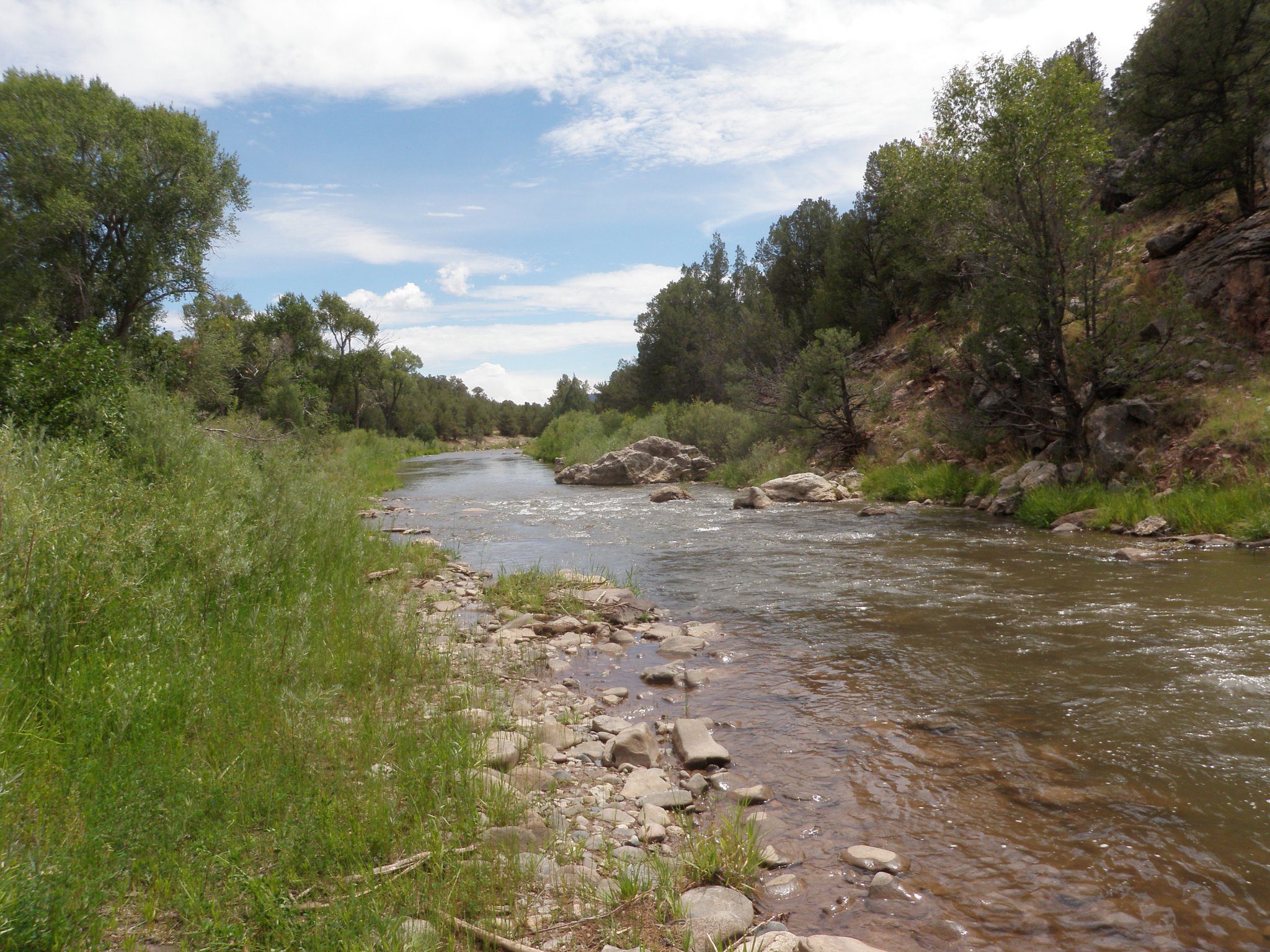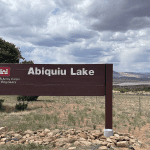- Mining halted on 165,000 acres in New Mexico for two years.
- Proposal for a 20-year withdrawal to safeguard water, wildlife, and culture.
- Public invited to comment on the proposal during a 90-day period.
December 16, 2024 — The U.S. Department of the Interior has taken steps to protect the Upper Pecos watershed in northern New Mexico. On Thursday, Secretary of the Interior Deb Haaland initiated a two-year prohibition on new mining claims and federal mineral leases across 165,000 acres of public lands in Santa Fe and San Miguel counties.
across 165,000 acres of public lands in Santa Fe and San Miguel counties.
The move, known as a “segregation,” is a temporary measure designed to prevent potential harm while the Bureau of Land Management (BLM) and U.S. Forest Service (USFS) work toward a more permanent solution: a 20-year withdrawal of the area from mining activities. The proposal will be scrutinized during a 90-day comment period announced in the Federal Register, including at least one public meeting to gather community input.
Importance of the Upper Pecos Watershed.
Nestled in the Sangre de Cristo Mountains, the Upper Pecos watershed is vital to the environment, culture, and economy of the region. It is home to tributaries like Dalton Canyon, Macho Canyon, and Wild Horse Creek, which provide pristine habitat for wildlife, including Rio Grande cutthroat trout, brown trout, and rainbow trout. The watershed delivers clean water to nearby communities and sustains acequia agriculture—a traditional system of irrigation canals that has been a cornerstone of New Mexico’s rural life for centuries.
Recognized as Outstanding National Resource Waters by New Mexico in 2022 , the Pecos River tributaries and wetlands are essential for downstream users, including farmers and ranchers. Beyond its environmental value, the area also attracts recreation enthusiasts for hiking, fishing, and hunting.
, the Pecos River tributaries and wetlands are essential for downstream users, including farmers and ranchers. Beyond its environmental value, the area also attracts recreation enthusiasts for hiking, fishing, and hunting.
The Upper Pecos watershed is deeply intertwined with the cultural heritage of Indigenous communities, including the Pueblos of Jemez and Tesuque, who have used the area for ceremonial practices since time immemorial. The watershed also supports traditional Hispanic villages and acequia farming systems, preserving a way of life that dates back hundreds of years.
Next Steps: Public Participation.
Congress holds the authority to enact a permanent mining ban, and New Mexico’s delegation has previously introduced legislation to protect the watershed. In the meantime, the BLM and USFS are gathering public input on the 20-year withdrawal proposal. The agencies encourage residents, stakeholders, and environmental groups to voice their opinions during the comment period.
In order to inform the Secretary’s decision, the BLM will publish an announcement in the Federal Register in the coming days, initiating a 90-day public comment period to gather input on the proposal. During the comment period, the two agencies will host at least one hybrid public meeting. The agencies will provide date, time, virtual access and location information for the meeting at least 15 days in advance.
in the Federal Register in the coming days, initiating a 90-day public comment period to gather input on the proposal. During the comment period, the two agencies will host at least one hybrid public meeting. The agencies will provide date, time, virtual access and location information for the meeting at least 15 days in advance.
~~~
Image:
At this stream site in Pecos National Historical Park , through an agreement with the Southern Plains Network, Sonoran Desert Network staff collected habitat data and assessed sites for a location to install at pressure transducer to collect water level data. August 2011. Photo by Sonoran Desert NPS from Tucson, Arizona. Licensed under the Creative Commons Attribution 2.0 Generic license.
, through an agreement with the Southern Plains Network, Sonoran Desert Network staff collected habitat data and assessed sites for a location to install at pressure transducer to collect water level data. August 2011. Photo by Sonoran Desert NPS from Tucson, Arizona. Licensed under the Creative Commons Attribution 2.0 Generic license.





Leave a Reply